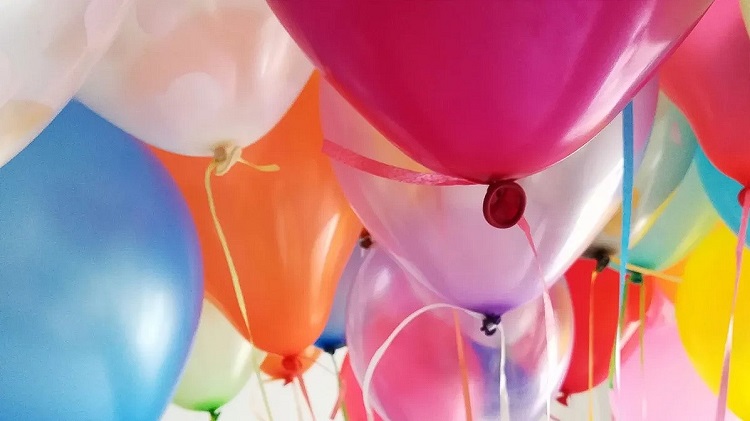Helium balloons have long been associated with celebration from birthdays and weddings to corporate events and grand openings. Their floating, colorful appearance adds an unmistakable touch of magic. However, in recent years, conversations around their environmental impact have raised important questions. Are they truly harmful to the planet, or are some of the concerns exaggerated?
In this article, we’ll separate myths from facts to help you make informed decisions while still enjoying the beauty of balloons responsibly.
Table of Contents
Myth 1: All Helium Balloons Are Non-Biodegradable
One common misconception is that all balloons are made from plastics that last forever in the environment. In reality, many latex balloons are made from natural rubber, which is biodegradable under the right conditions. That said, they don’t disappear instantly; degradation can take several months to years, depending on exposure to sunlight, heat, and moisture.
On the other hand, foil or Mylar balloons are not biodegradable and require proper disposal. Choosing responsibly sourced, biodegradable latex options from a trusted balloon store can significantly reduce your environmental footprint.
Best image placement: Here, an infographic comparing latex vs. foil balloon decomposition times would visually support the point.
Myth 2: Helium Balloons Deplete the Earth’s Helium Supply
Helium is a non-renewable resource, but the majority of the world’s helium is used for industrial purposes such as in medical imaging (MRI machines), scientific research, and technology manufacturing. Balloon-grade helium is a small fraction of overall usage.
Still, it’s wise to use helium balloons mindfully and avoid unnecessary waste. Event organizers can maximize impact by incorporating balloons into decor that lasts for the duration of the celebration, rather than for short-term releases.
Fact: Balloon Releases Can Harm Wildlife
While a single balloon might seem harmless, mass balloon releases can cause real problems. Balloons that land in oceans or natural habitats may be mistaken for food by marine animals or birds, leading to injury or death. Strings or ribbons can also pose entanglement risks.
To minimize harm:
- Avoid outdoor releases entirely.
- Dispose of used balloons in closed bins.
- Consider balloon designs that guests can take home as keepsakes instead of sending them into the sky.
Myth 3: All Balloon Use is Bad for the Environment
The truth is, responsible use of balloons, especially balloons helium options made from biodegradable materials can still be part of sustainable event planning. By combining balloons with reusable decor, such as fabric backdrops or floral arrangements, you can enjoy the festive look without creating unnecessary waste.
For example, pairing a helium balloon arch with reusable signage and eco-friendly party favors can strike the perfect balance between style and responsibility. You can explore a wide variety of biodegradable latex and themed options in this balloons helium collection.
Best image placement: A vibrant photo of a helium balloon arch made from biodegradable latex would be ideal here.
Final Thoughts: Celebrating Responsibly
Helium balloons, when used thoughtfully, can still bring joy without causing significant harm to the environment. The key is to:
- Choose biodegradable latex over foil whenever possible.
- Avoid mass balloon releases.
- Reuse helium balloons as decor throughout the event.
- Dispose of all materials properly.
By making small, conscious choices, we can keep the magic of helium balloons alive for celebrations today and for generations to come.

